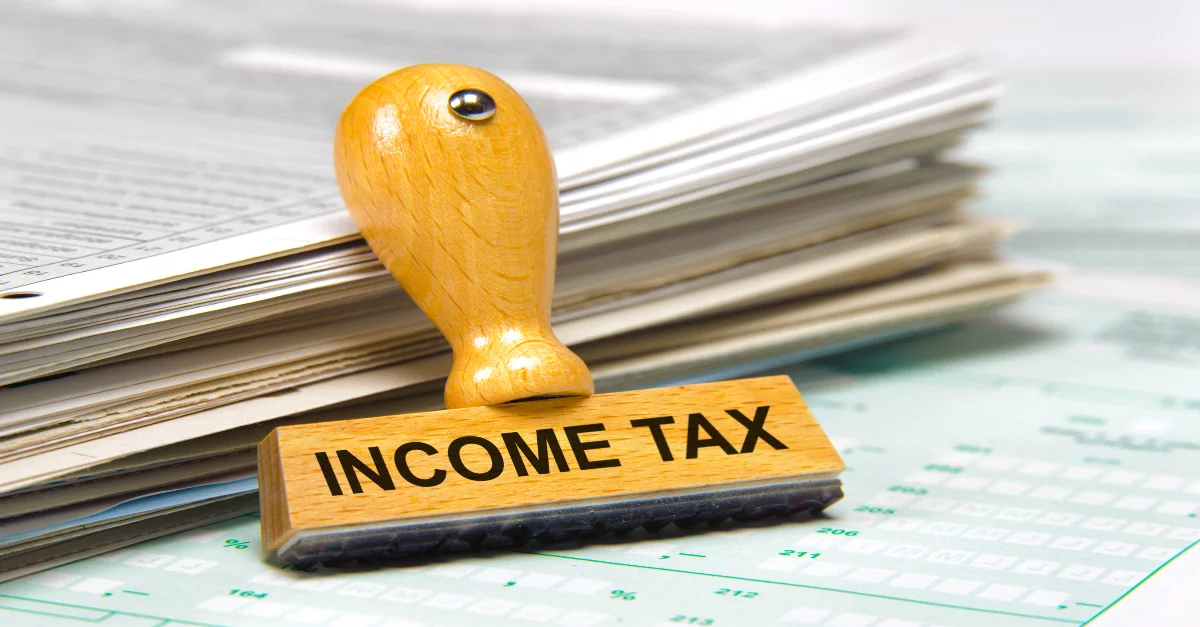Everything to Know About the Trademark Registration
What is a Trademark?
A trademark is a graphic symbol that can be a word, a phrase, name, device, label, number, color, or a combination of these that grants the owner of the symbol only the right to distract others from using the sign to recognize their goods or services from those of another party. It can be legally distinguished from similar products by using a trademark. It implies that a specific corporation has a trademark and primarily identifies one of its products. Customers form an impression of brands thanks to trademarks. A trademark provides additional assurance for the product’s defense against rivals in the relevant markets.
What Purpose Does a Trademark Serve?
Given the state of business today, a trademark serves the following purpose:
• Aids in distinguishing the products or services from others in the relevant market and their origin.
• Consistency in quality is ensured by the legal representation of a brand in the form of a trademark.
• Promoting the product/services via creative branding techniques and marketing initiatives.
• Forming of perception of the products or services in the mind of the consumers.
What is Registering a Trademark?
The legal acquisition of the right to utilize a brand name is trademark registration. Trademarkregistration in India is covered under the Trademark Act 1999. A person can register a trademark in India by submitting an application to the trademarks registry (TMR) within the office of the Controller General for Patents, Designs, and Trademarks (CGPDTM). After trademark registration is complete, the Indian trademark office issues a registration certificate.
Although trademark registration is not required to use a brand name, it is strongly advised because the licensing and assignment of trademark rides may substantially impact the commercialization of a brand.
Trademark registration dramatically increases a company’s value. If their trademark is registered, companies are forbidden from misrepresenting their goods as those of other businesses. Protecting a company’s repudiation and goodwill through trademark registration ensures its ability to compete successfully in the market.
How Could a Trademark be Registered in India?
The Ministry of Industry and Commerce of India’s Comptroller General of patent, designs, and trademarks, which registers trademarks, is responsible for this task. The Trademark Act of 1999 governs online trademark registration. The corporation can file a complaint or legal action against any other organization or individual that uses, copies, or abuses your trademark.
The business is permitted to use the registered trademark with the ® symbol after the registrar of trademarks has registered it. From the date of registration, this is valid for ten years. After three days of applying, the corporation can utilize the TM symbol. However, receiving a TM symbol could take up to 2 years.
Timeline for Trademark Registration
Usually, it takes between 18 and 24 months to process a trademark application.
The trademark has a 10-year lifespan; however, it can be renewed after submitting the TM-R form and making the necessary payments.
Documents Required for the Registration of Trademark
• A copy of the applicant’s PAN is required for trademark registration.
• Evidence of the applicant’s address.
• Affidavit of use.
• Certificate of incorporation (if the applicant is not an individual).
• Evidence of trademark usage.
• Certificate of recognition for MSME/startup.
Conclusion:
Even if trademark registration is not required, it is crucial to safeguard a brand’s reputation. All those processes could take some time, but it will be worthwhile. Additionally, the government supports MSMEs by lowering the cost of trademark registration. A trademark protects one’s right from French mint and counterfeiting, and over time, it could grow to be your most valuable asset.


 India
India  Canada
Canada

